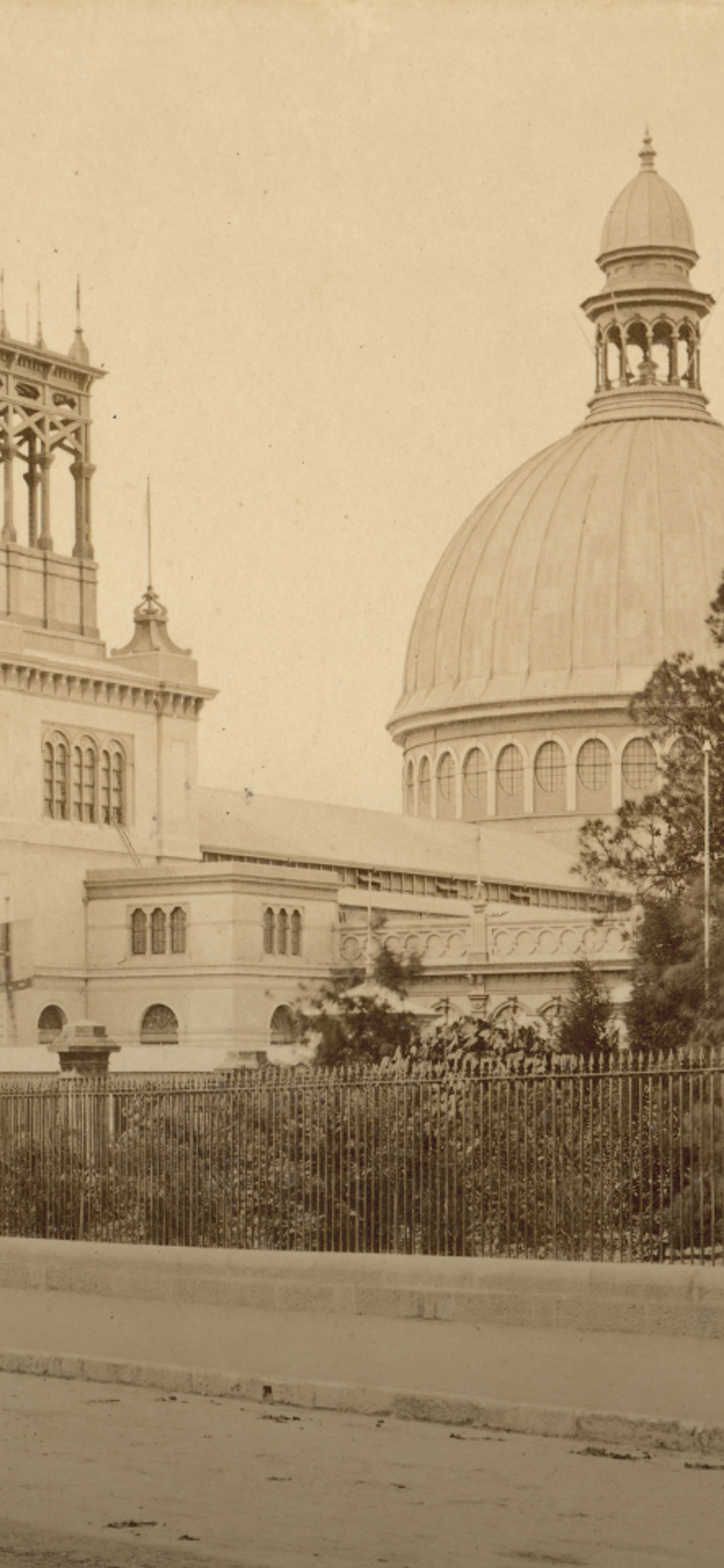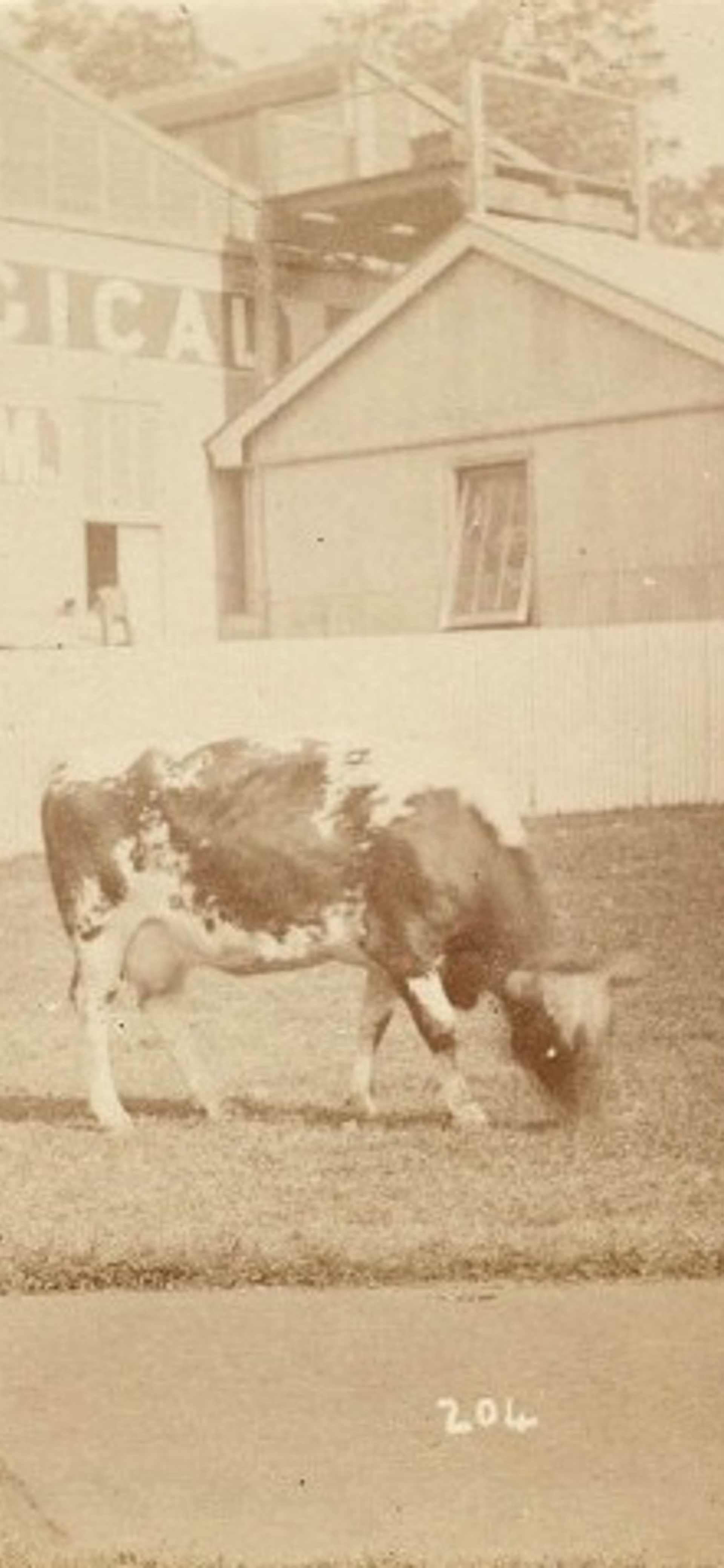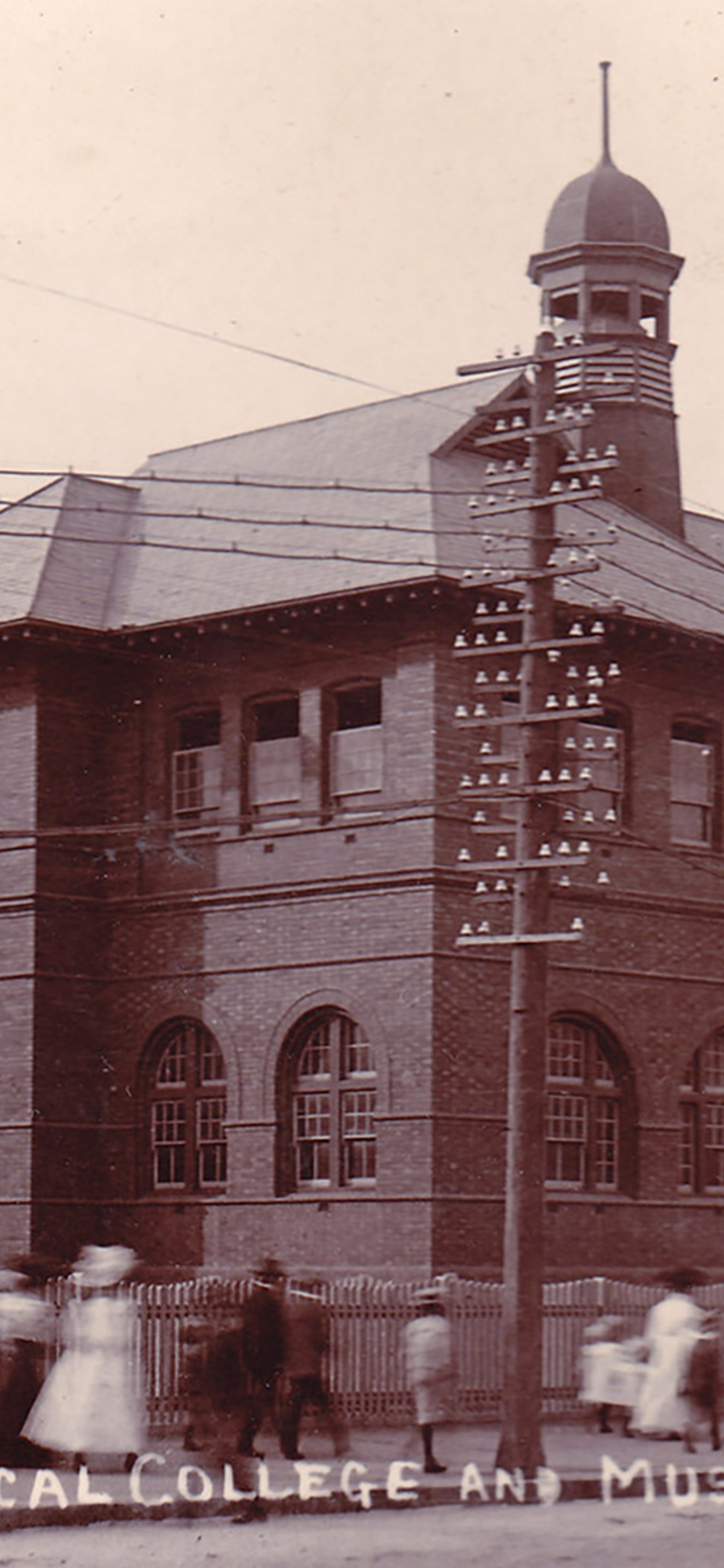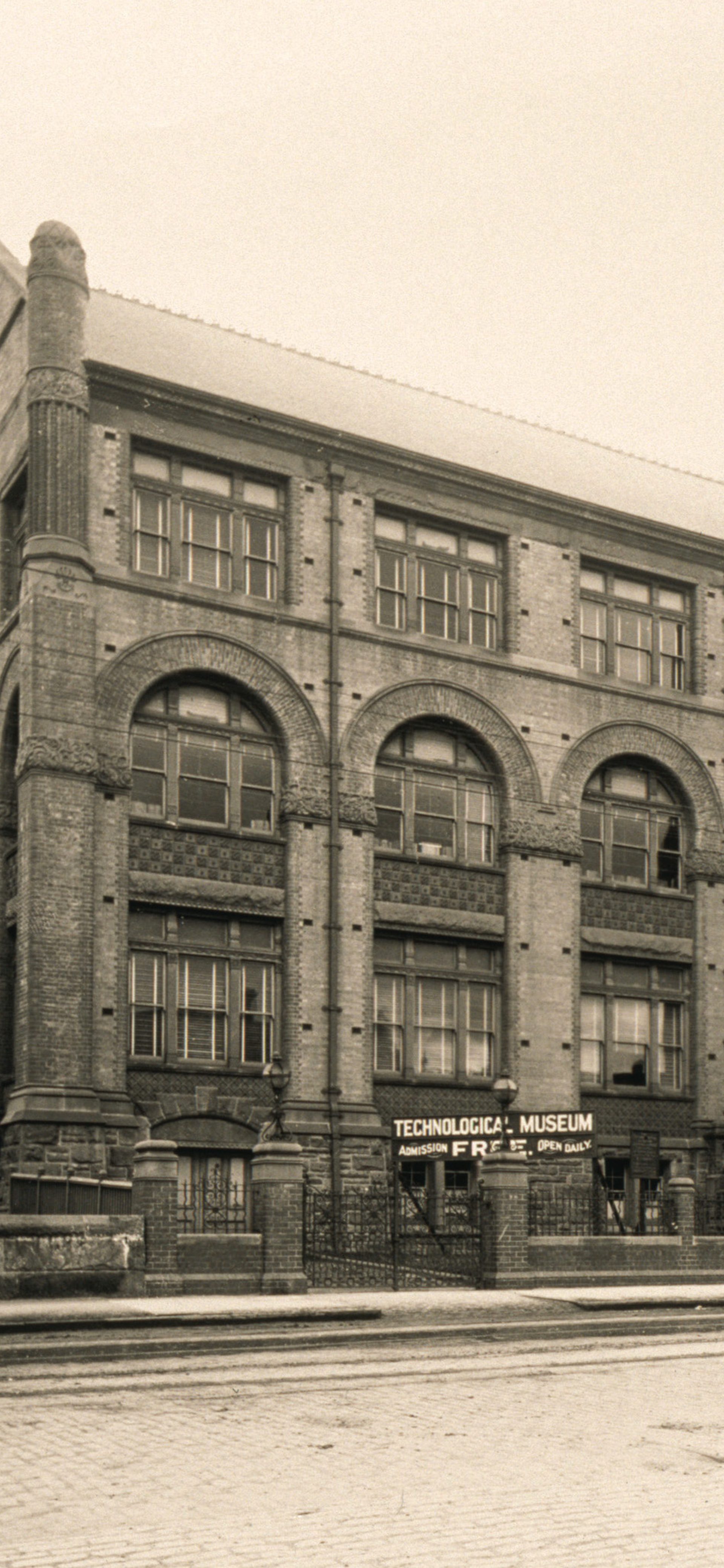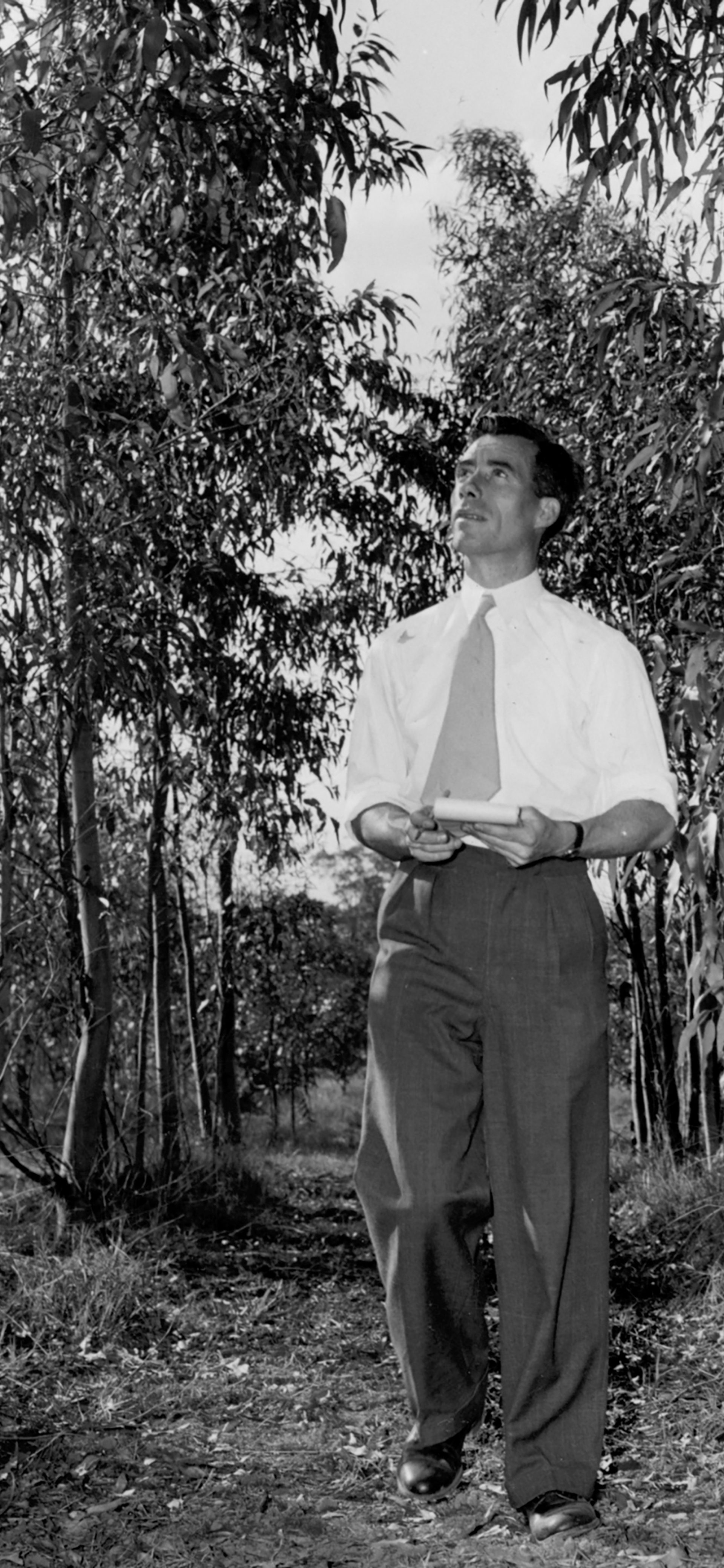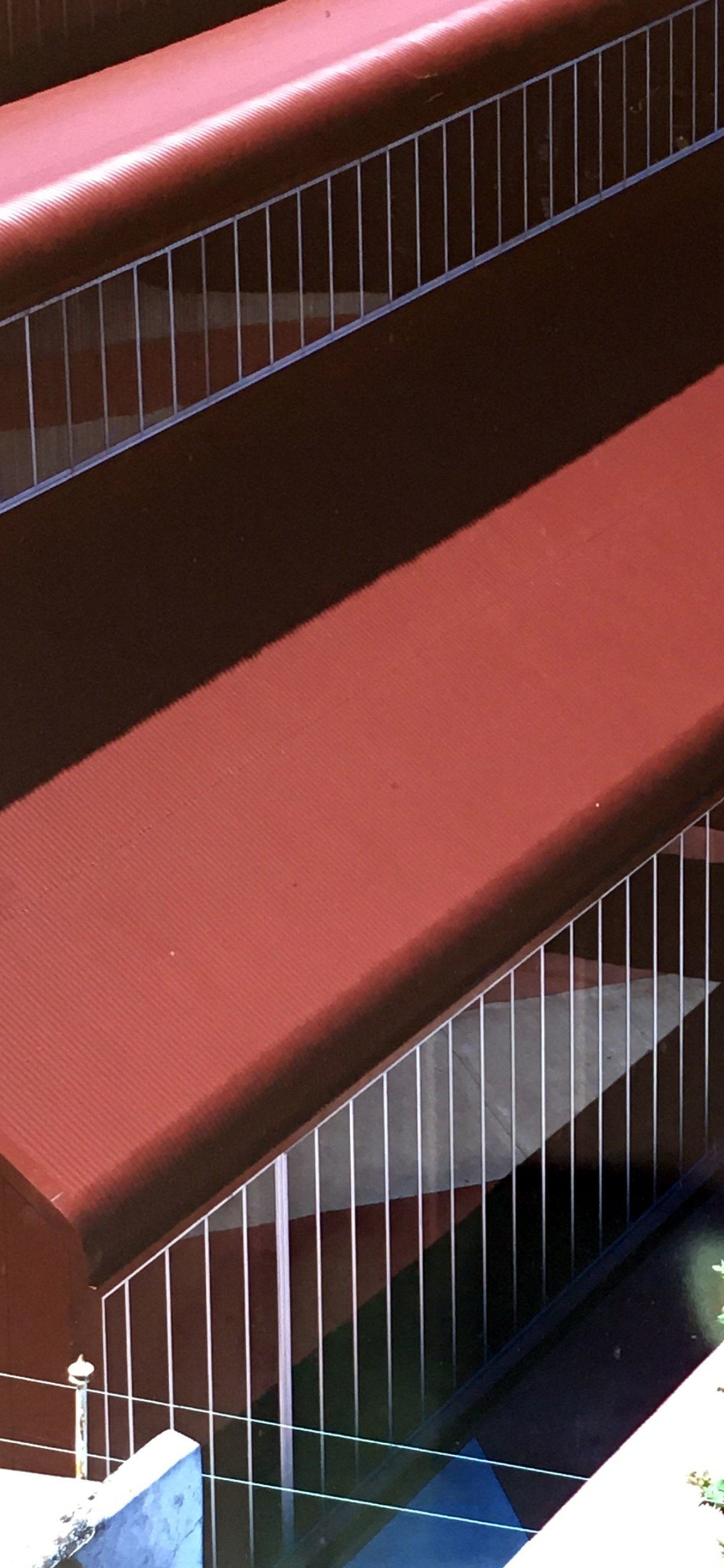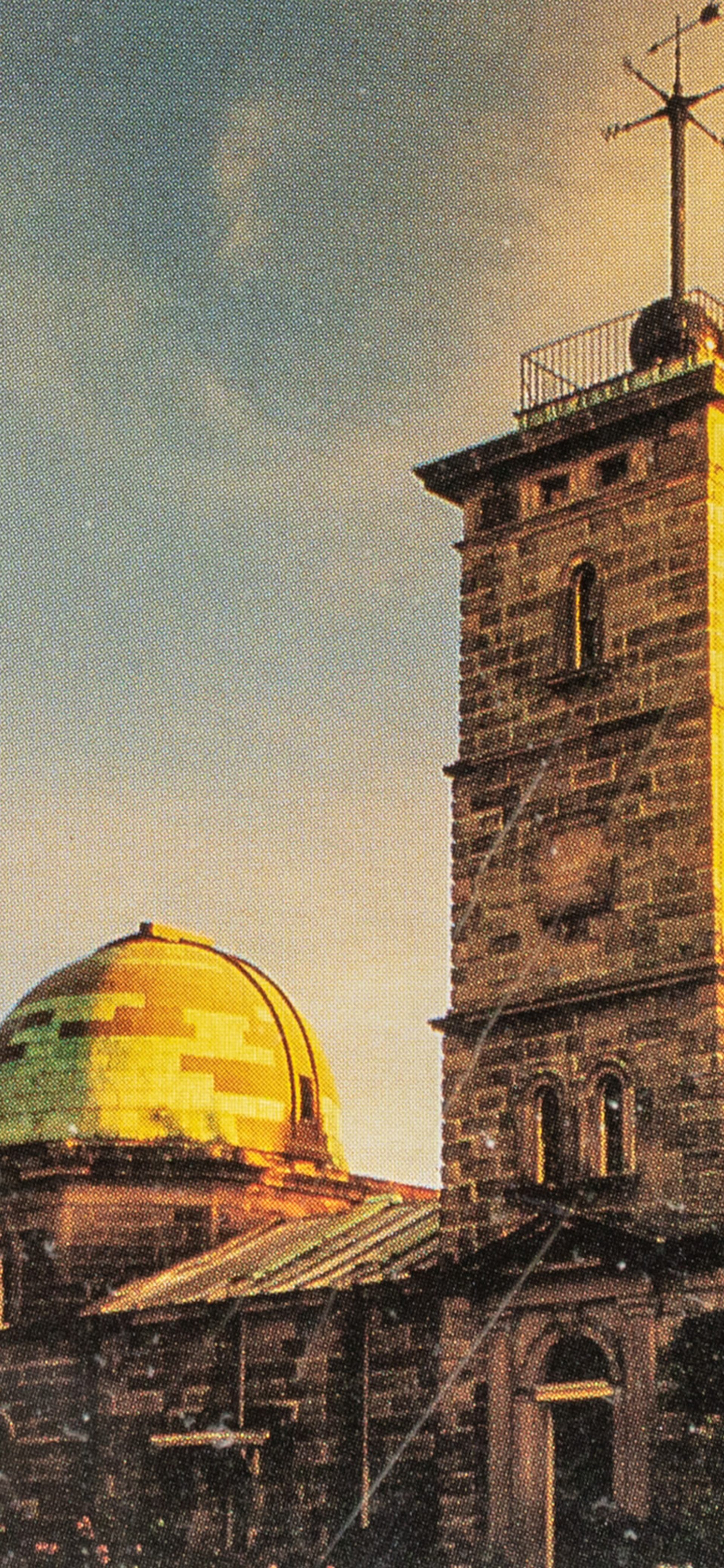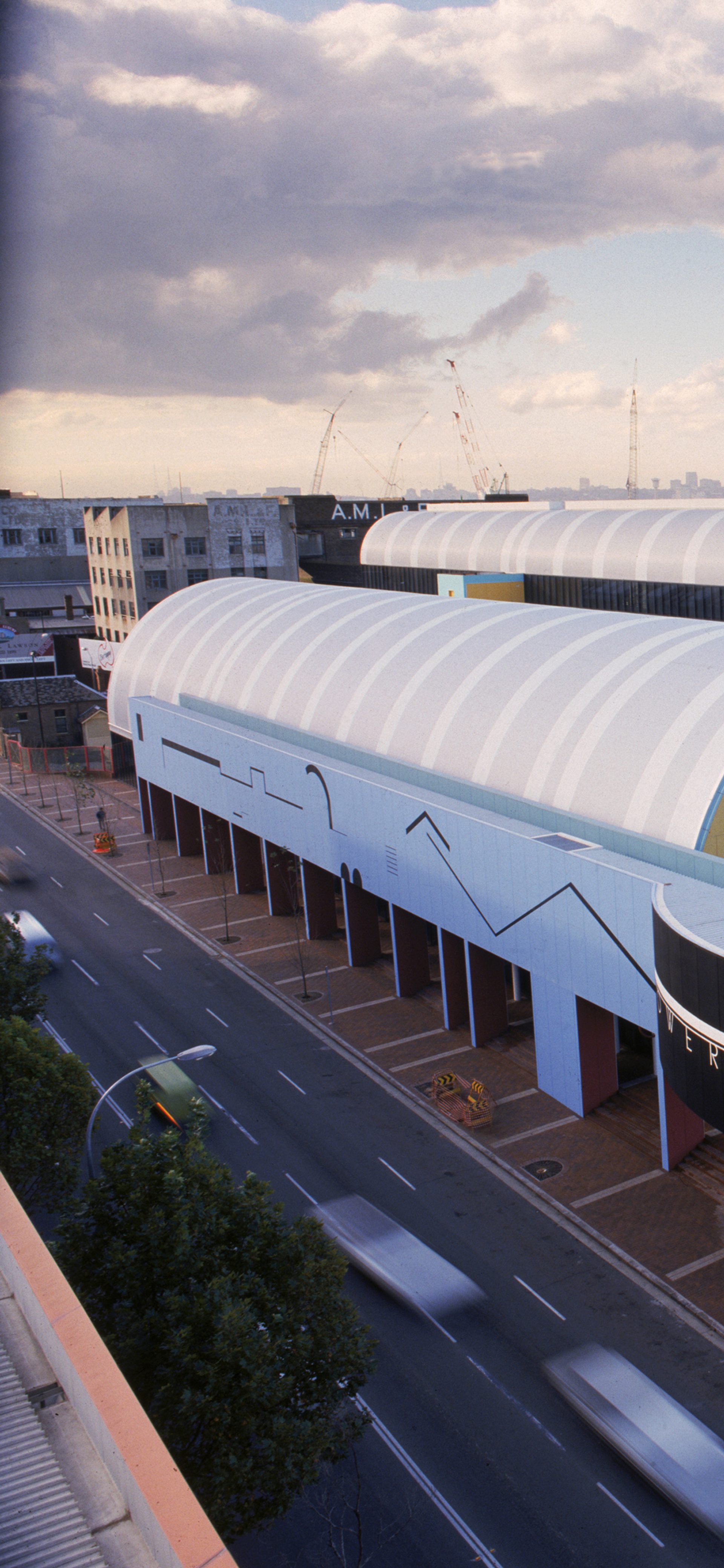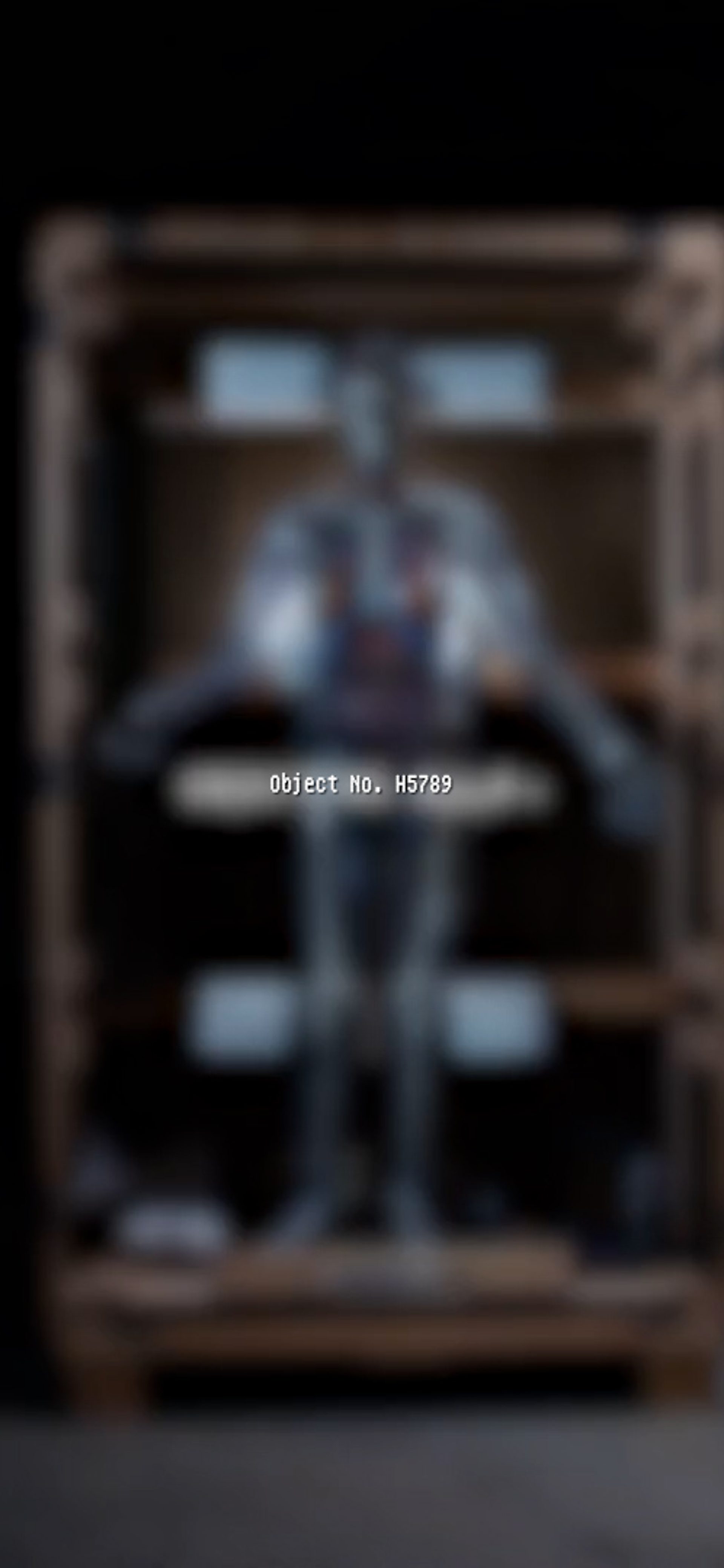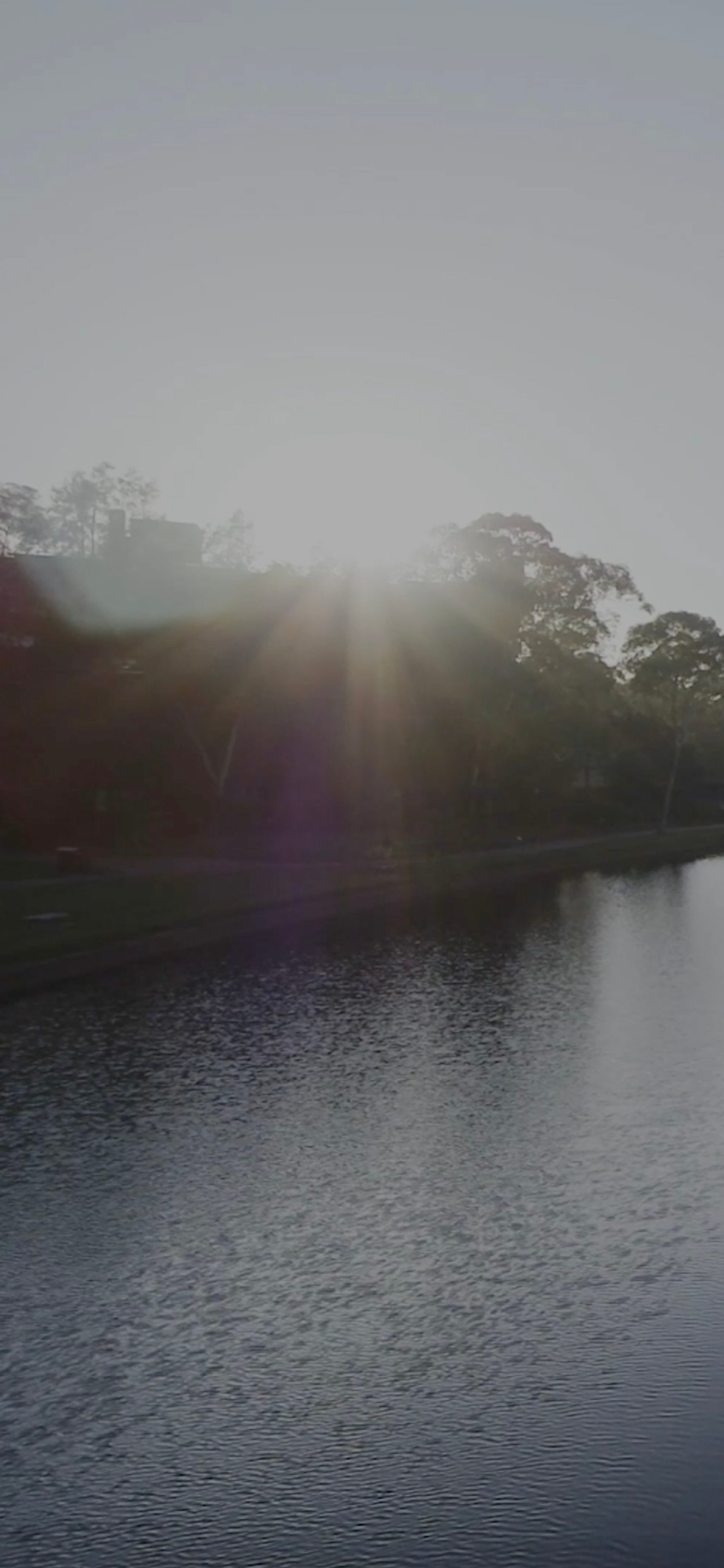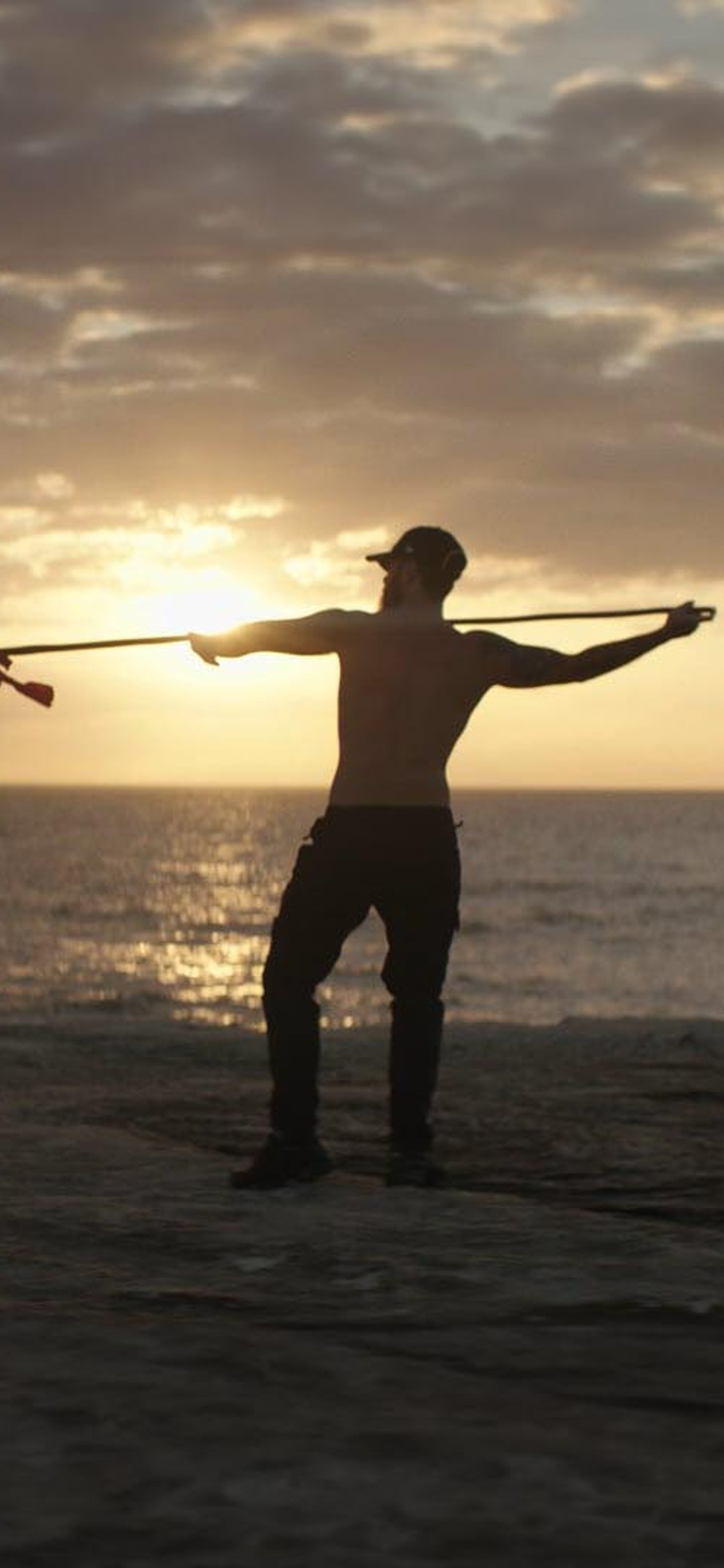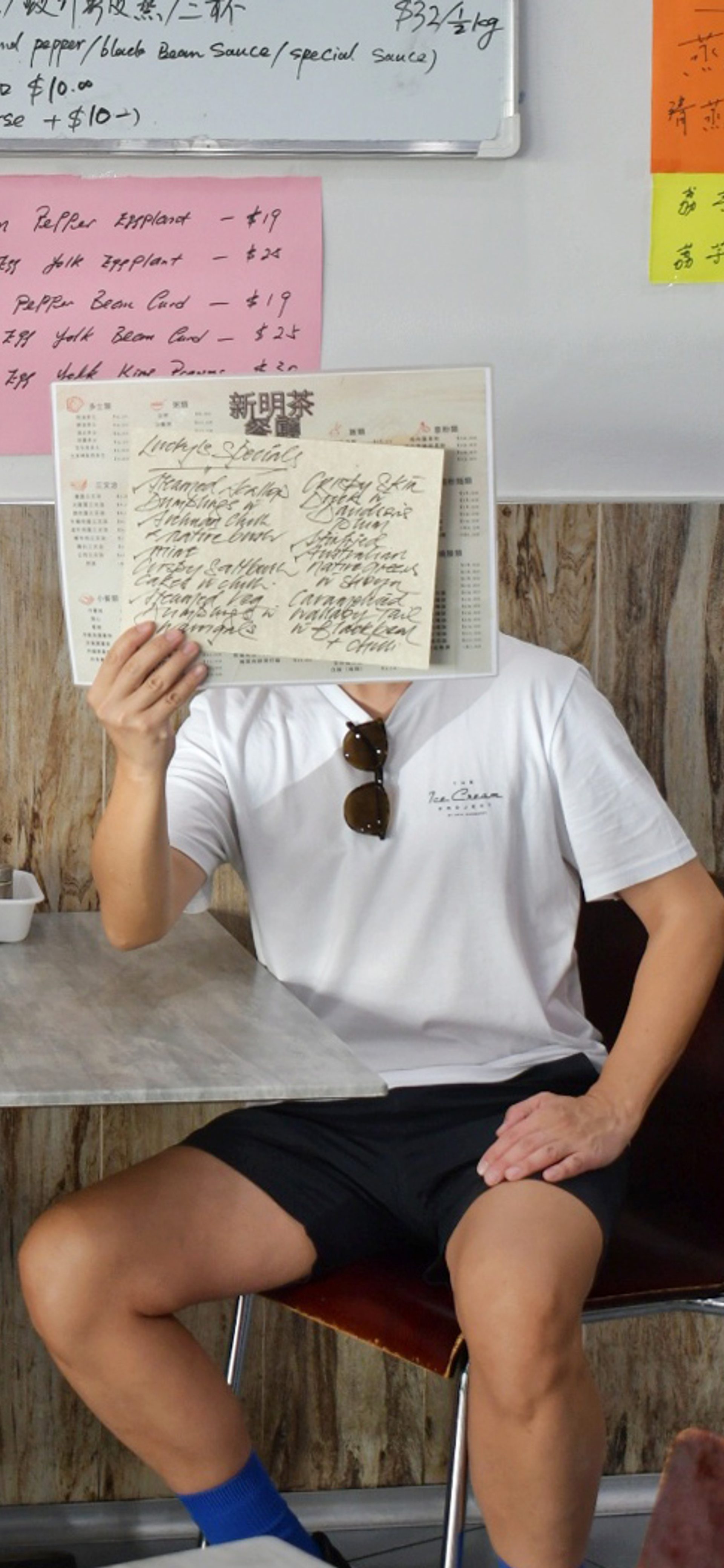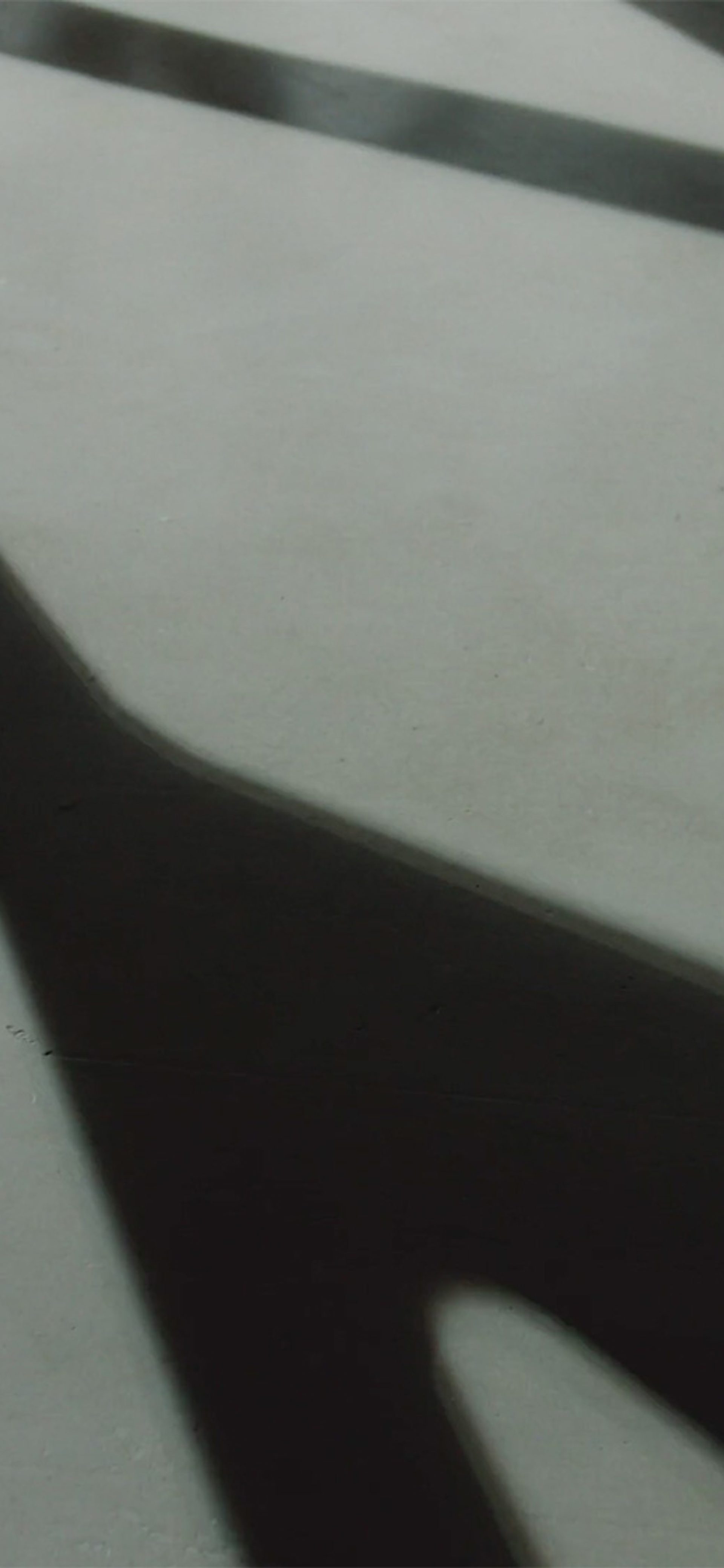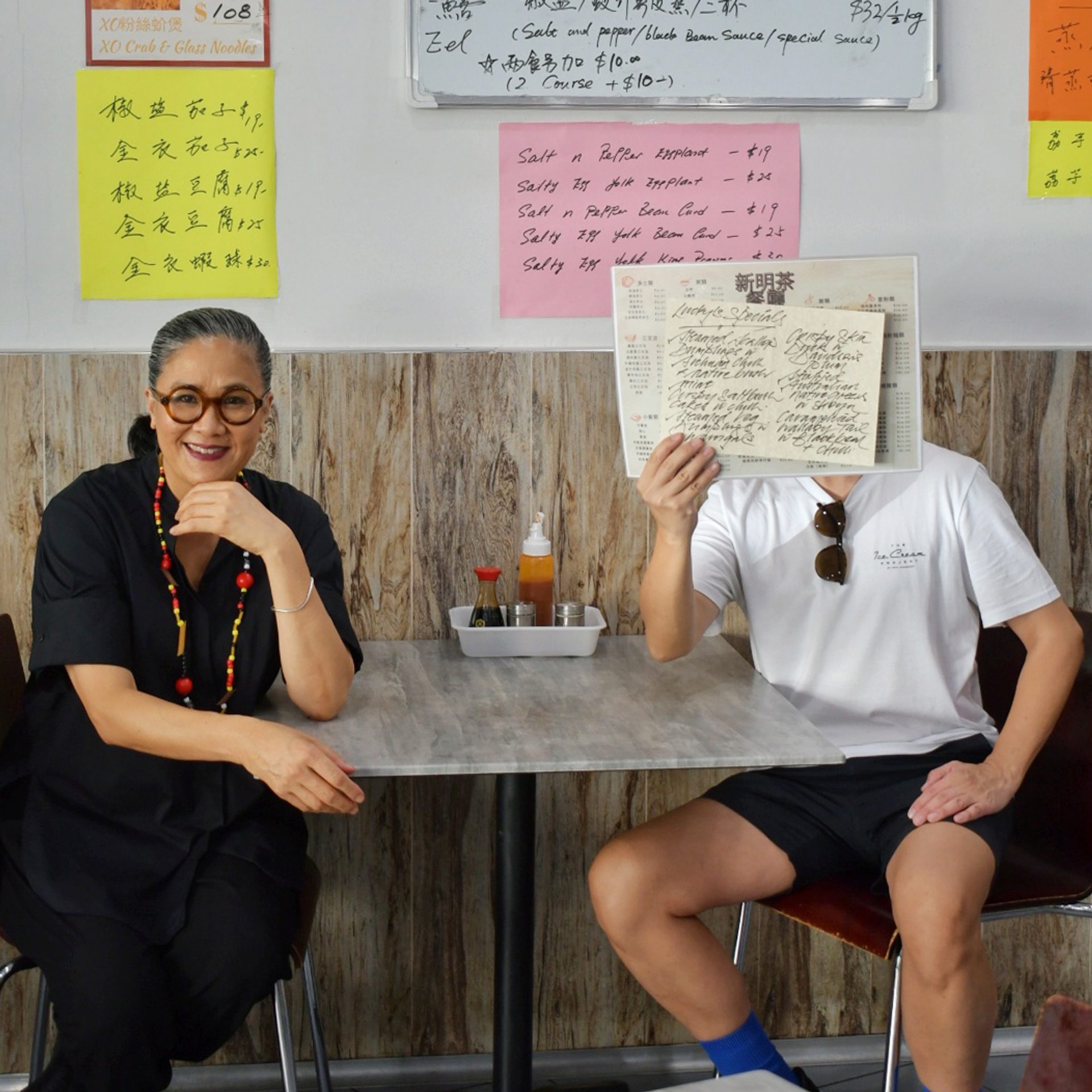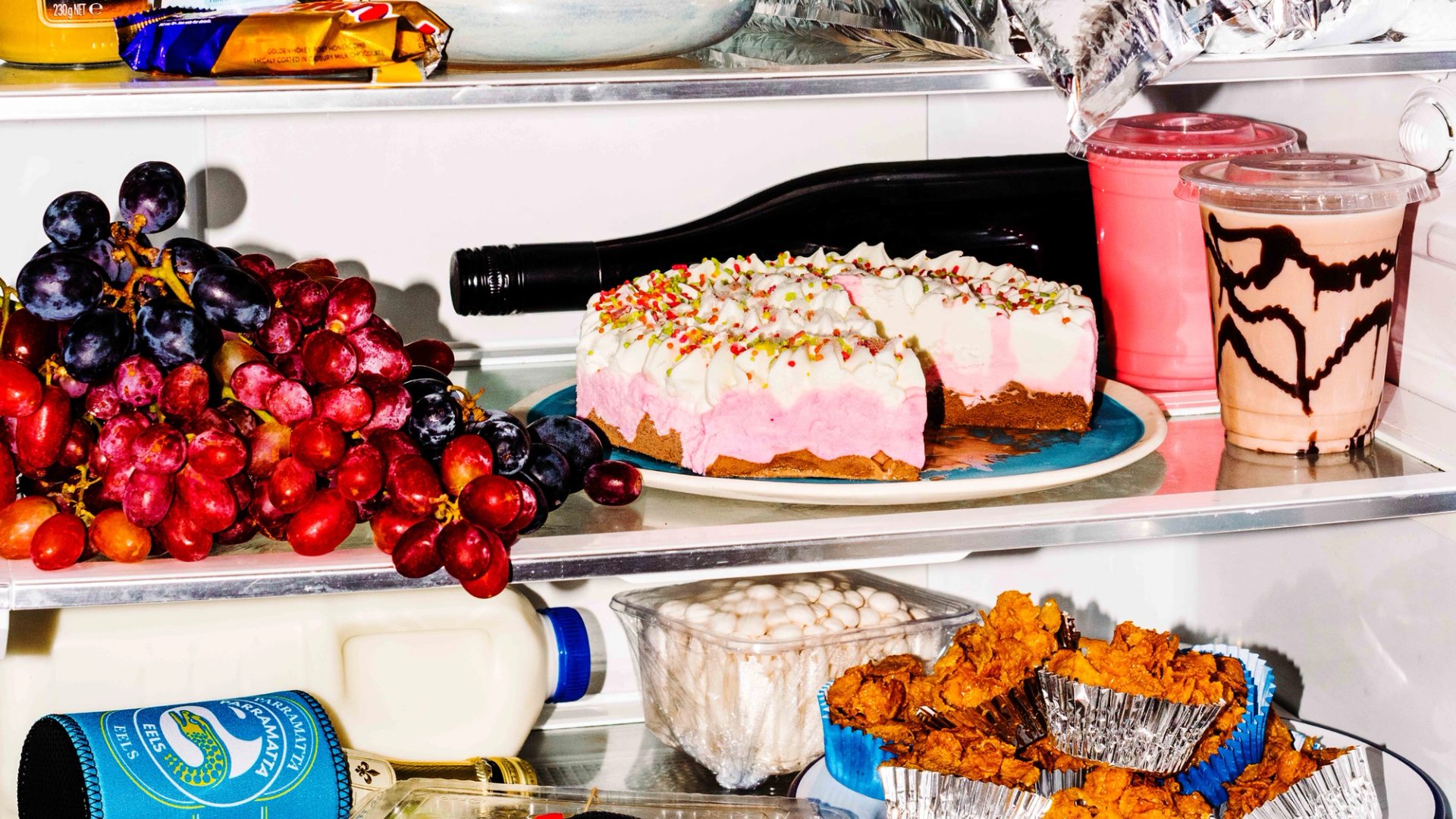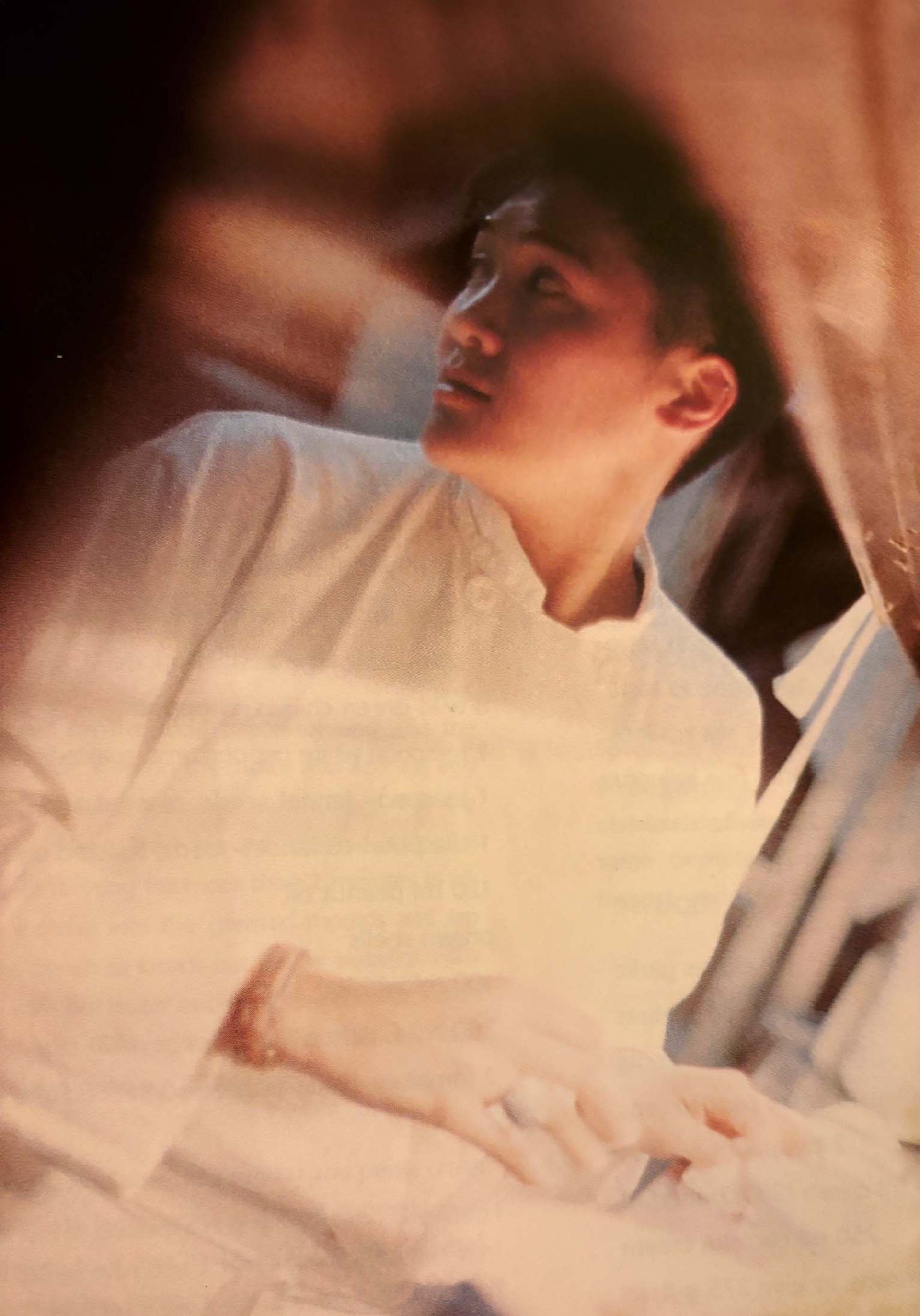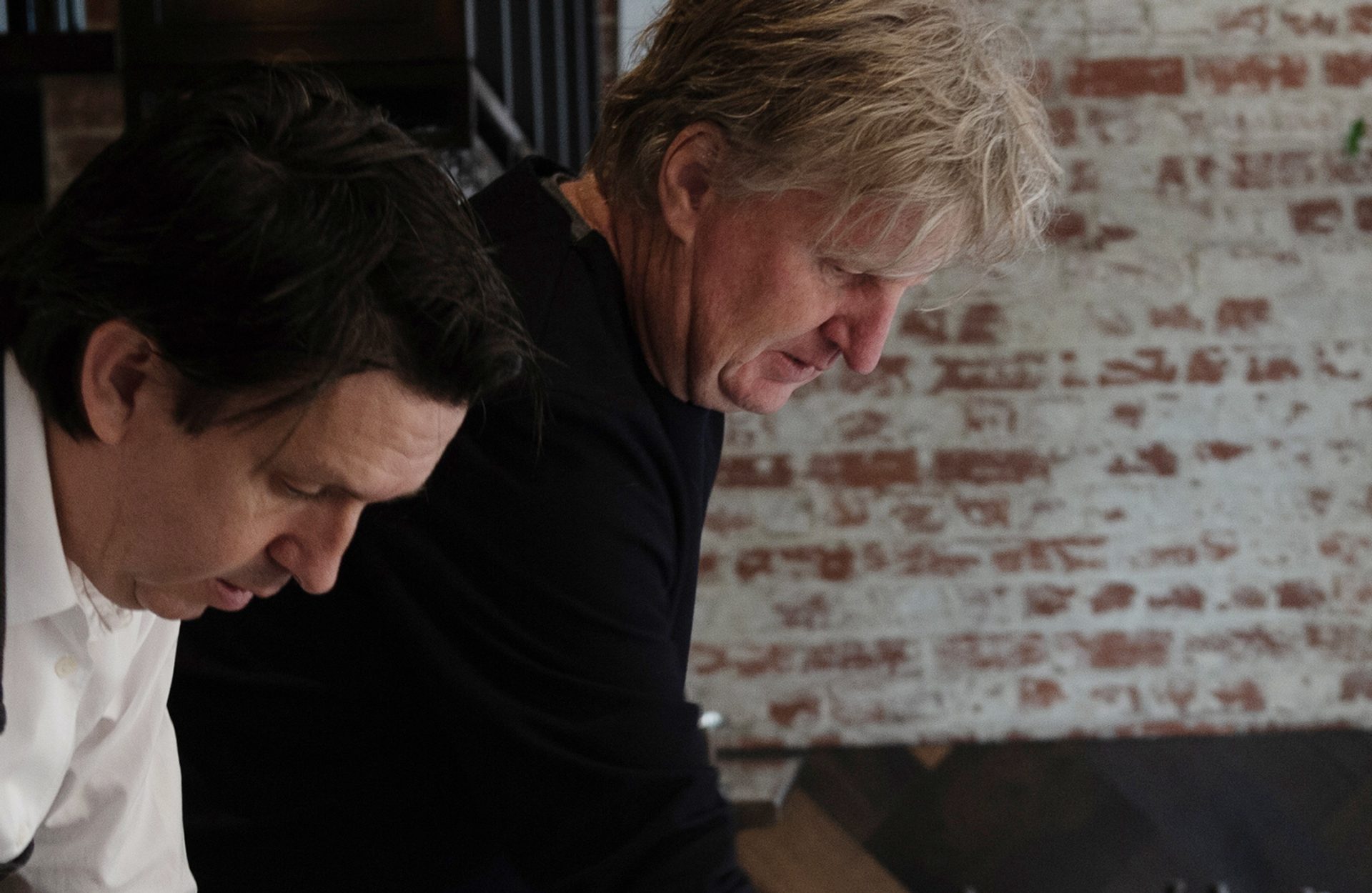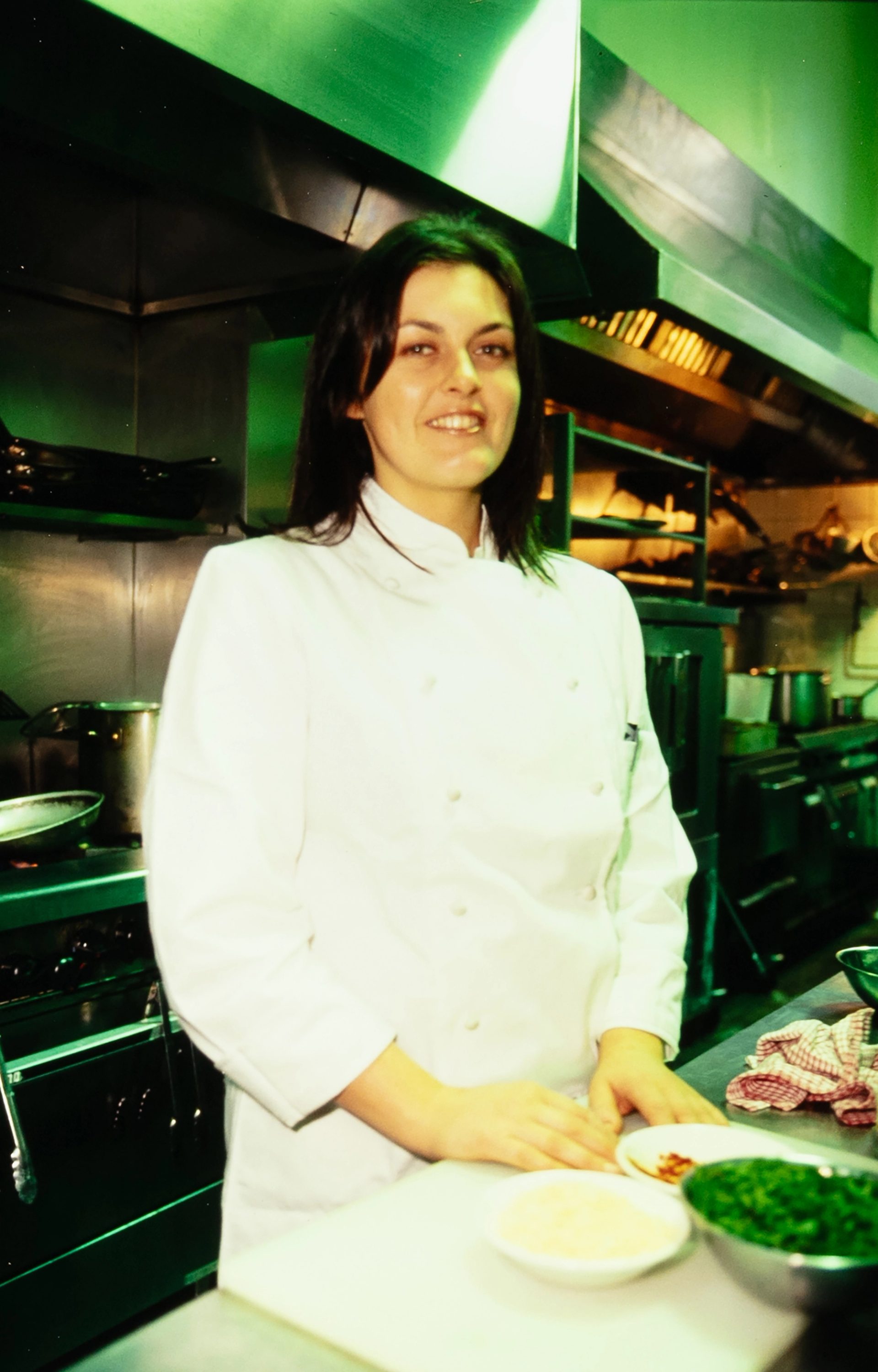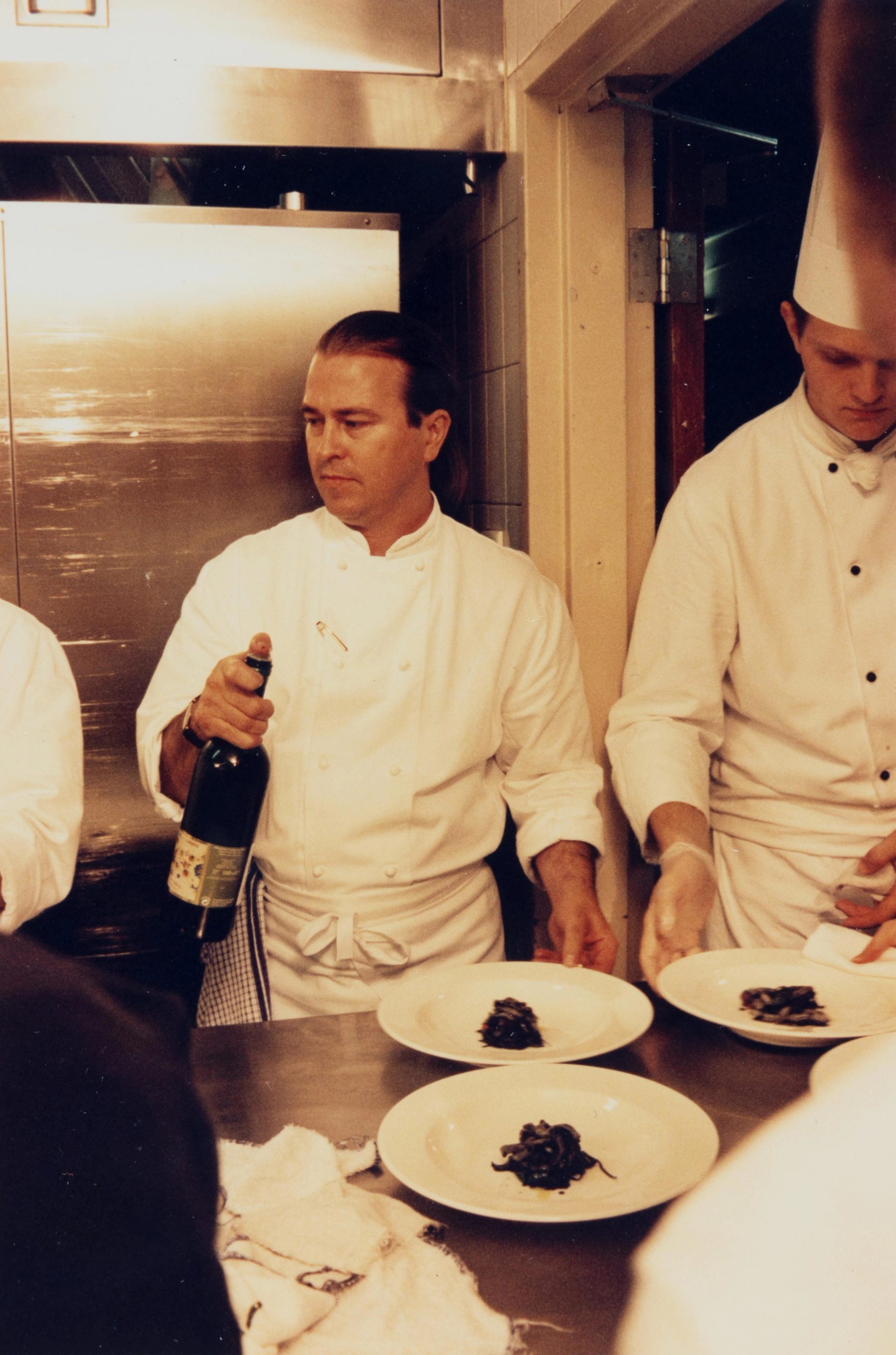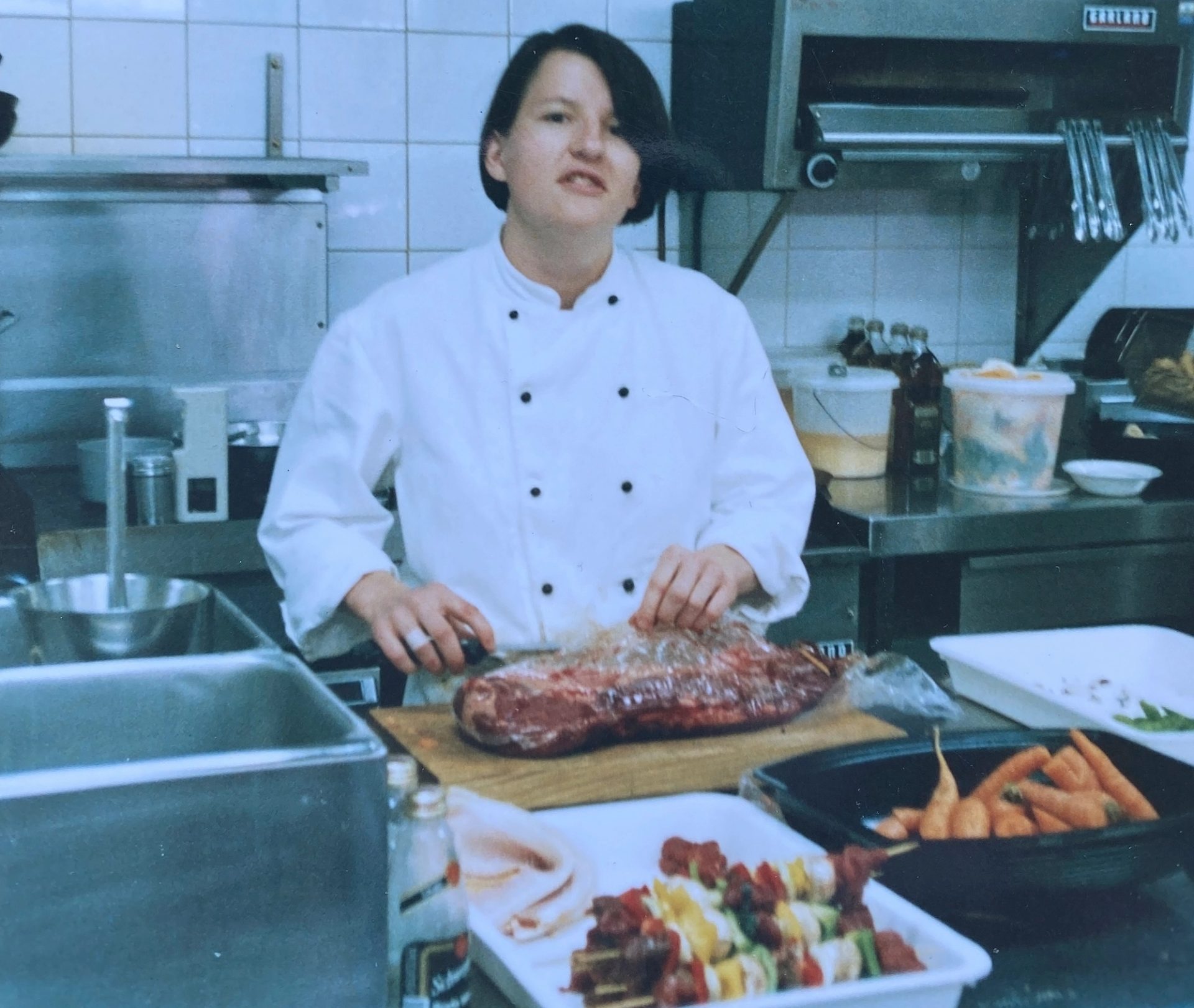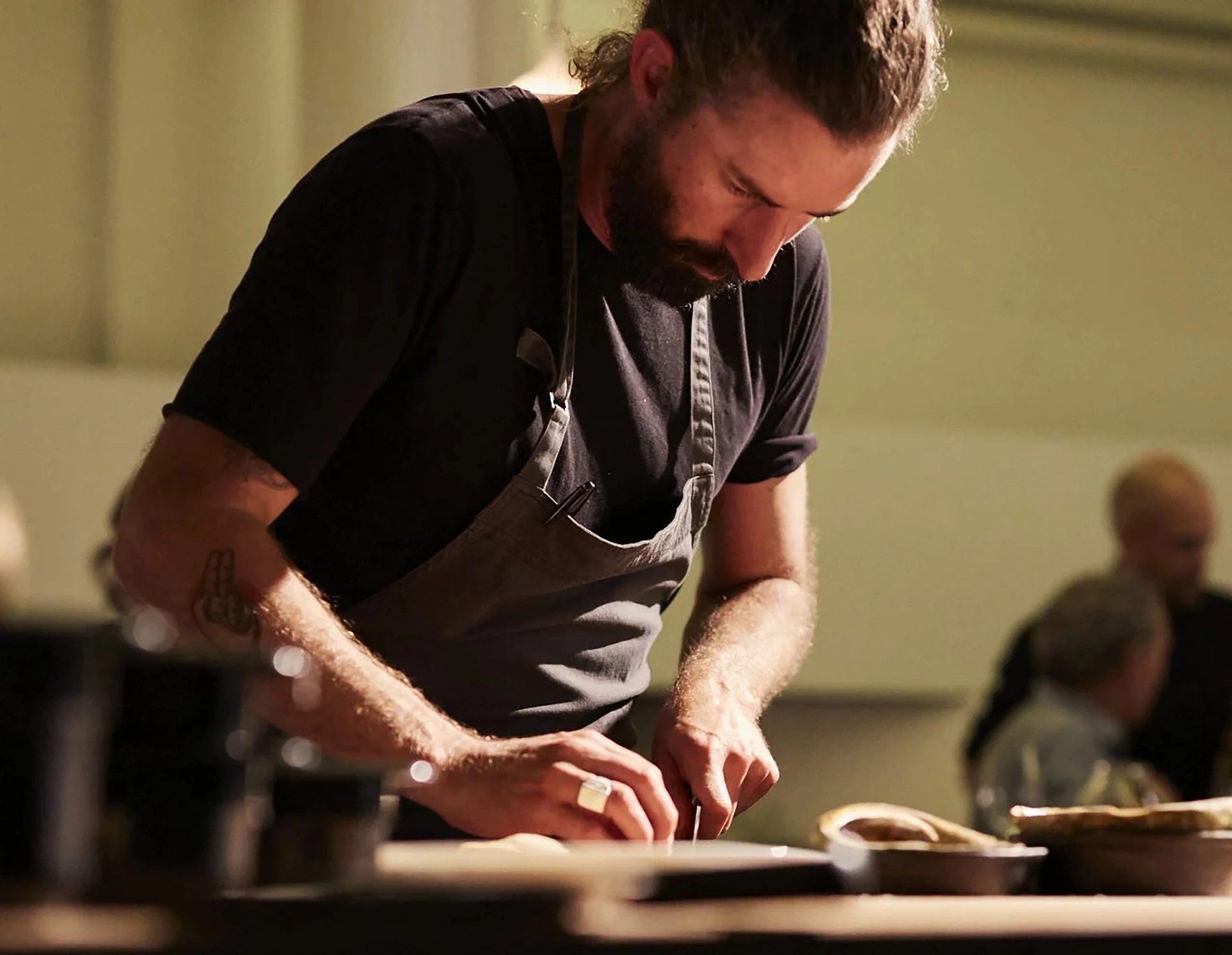Clerkenwell Boy dishes on best eats in Western Sydney

You ask them, ‘Who's the chef?’ And everyone's a chef, which is incredible, and they're front of house at the same time. It's so nice to go to local places that have been there for 20, 30, 35 years.
Clerkenwell Boy is a London-based foodie with more than 300,000 Instagram followers who look to him for inspiration on what to eat and where. Since joining Instagram in 2012, Clerkenwell Boy has harnessed his following to support charitable causes and along the way turned a hobby into a new career.
In late 2024, he sat down with Powerhouse Associate Julie Gibbs to record an interview for the museum’s Australian Culinary Archive. Their conversation included reflections on his hometown favourites and visiting some of Western Sydney’s most delicious eateries with Powerhouse Associate, chef Kylie Kwong.
Interview
Julie Gibbs Where were you born?
Clerkenwell Boy In Sydney, in Paddington. My dad owned a restaurant as I was growing up; I remember doing homework in the kitchen and playing chess with the chef, but I was focused on studying economics and business. After university, I moved to London and into investment banking. Every month I was working from a different city. I loved to book meetings on a Friday or Monday and stay in that city, immerse myself in different cultures.
I fell in love with food again from a different perspective and would try the hot new restaurants and discover local bakeries, wine bars and little gems, independent places. I started documenting my travels on my phone, capturing the moment via a photo. Little did we know what Instagram would become.
I felt people on Twitter were very argumentative, so Instagram was a more positive platform with beautiful imagery and nice captions about where to go. That's how it started, very organically, as an escape.
JG What you do is celebrate people doing good things. You remind me of that saying of my grandmother's, ‘If you haven't got anything nice to say, don't say it.’
CB That's basically my philosophy. People asked, ‘Don’t you want to be a food critic, a writer?’ The point of being a food critic is you have to be critical. I prefer to, as you say, celebrate places, telling people not just where to go, but which dish to have. Let's face it, if you go to Flour and Stone and you don't have the lamington, then did you even actually go?
JG At what point did this hobby become a responsibility?
CB That's a good question. It was a hobby, and then my Instagram blew up. Jamie Oliver had done a post saying, ‘I don't know who the guy is, but if you live in London and you love food, you have to follow Clerkenwell Boy.’ I remember my phone buzzing continuously and alerts saying, new follower, new follower. That was the first stage where it started to …
‘The point of being a food critic is you have to be critical. I prefer to, as you say, celebrate places ...’
JG Go viral?
CB Before the term ‘go viral’ existed. And when Nigella came to Instagram, she mentioned that she lived vicariously through the places I went to. It was validation of people seeing the authenticity of the page and the recommendations. The responsibility was when the following became quite big. That was pressure because people trust your recommendations, spending hard-earned cash on where to go and where to eat. That was when I had a long think about what to do with my channel. I wanted to leverage the following for some social causes, for charity. So that's when the Cook for Syria campaign started, in 2017, which is how, ironically, I then got to meet chefs around the world.
JG When the Jamie Oliver post happened, did you feel like you were on a runaway train?
CB It felt really bizarre. Jamie is someone I've admired for a long time through his work with school dinners and telling the government that kids should be cutting down on sugar. I think the most important project he did was Fifteen, right around the corner from Clerkenwell, which is near where I moved to when I landed in London from Sydney. He's an inspirational person who I've been lucky enough to meet. Yeah, that was surreal, and allowed me access to more chefs to work on charity projects.
We raised a lot of money in London for the Australian bushfires with Bake for Oz. We did Cook for Syria, Bake for Syria, Cook for Ukraine, Bake for Ukraine, Bake for Beirut, and also Cook for Palestine as well.
JG Incredible.
CB All while I still was working full-time, so it was important to keep the online persona separate from my professional job. I feel like the two can coexist and you can still be professional and deliver on both fronts, but that's one of the reasons for being incognito.
JG So the hobby turned into a side hustle?
CB Yes, not for financial sake, more as a passion.
JG Especially with the charity work.
CB Exactly. But then ironically, it became a career. After [COVID-19] lockdown, my job was very different with Zoom calls with Asia, Europe and US, for 12, 13 hours a day, rather than travelling and meeting people in real life. That sucked the joy out of the job. I was fortunate I had a few projects where people approached me to consult, and it became a full-time job from that.
JG So that's what you're doing now?
CB Yeah. And it's morphed into more travel and food, working with tourism boards, hotel groups, property developers, but always with a food perspective, also working with small independents, making sure there is a good mix of multiculturalism as well as different age groups, genders etc. Not for ticking the box’s sake, but because it's important. And with financial diversity; such as having accessible coffee shops, bakers and a Michelin-starred restaurant within the same complex.
JG Do you miss your former life?
CB Do I miss waking up early, reading the FT, watching Bloomberg and then going onto a trading floor and having people shout at you? I get to play tennis in Sicily, go truffle hunting or work with Michelin-starred chefs.
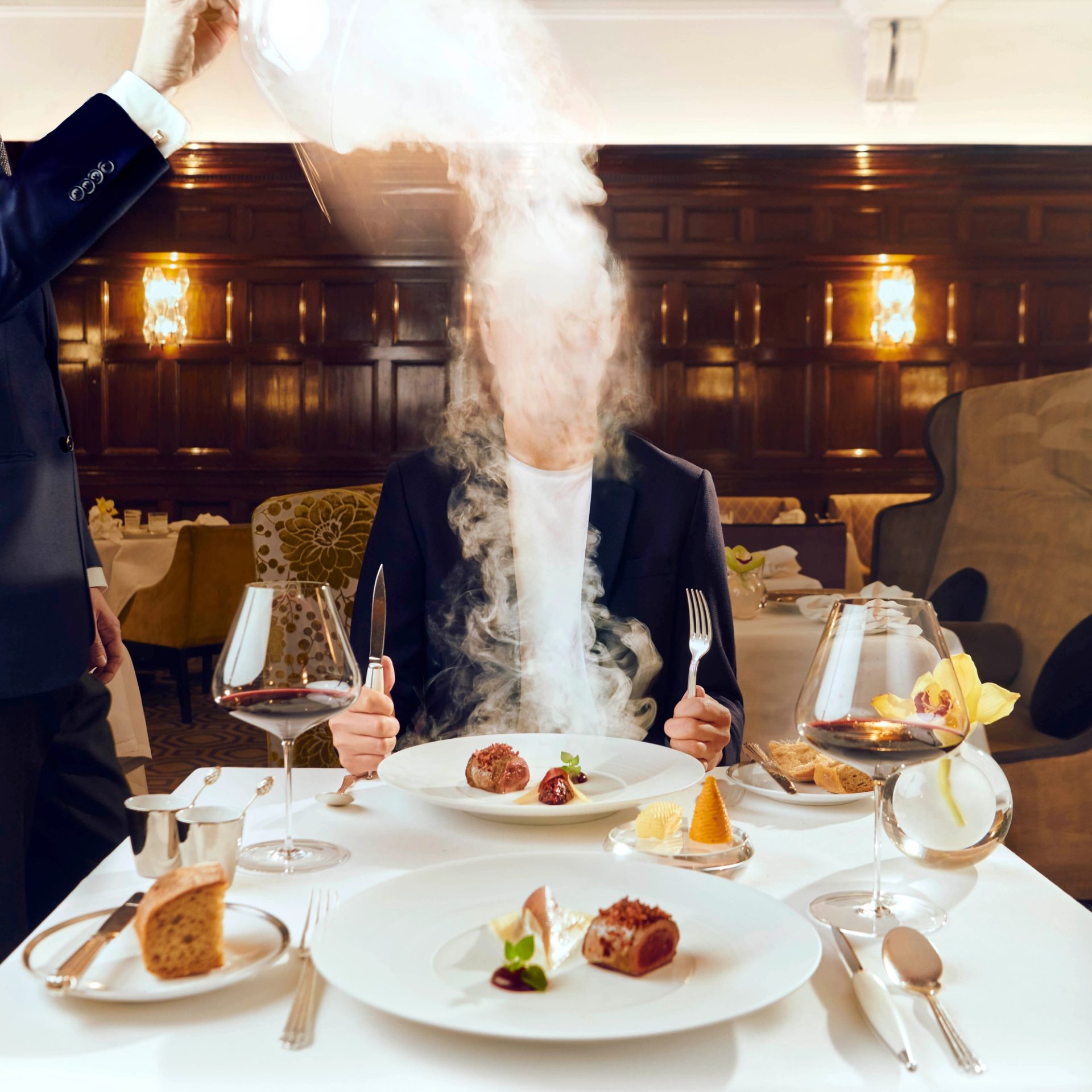
JG You've answered the question.
CB I'm currently working with a social enterprise, a water company that works with hotels and restaurants, donating profits to safe water projects, allowing smaller communities access to clean water. I think it’s really important to connect people.
JG You are an excellent storyteller. That's what it takes, isn't it? To take people on a journey. Can you talk about your polished visual presentation style?
CB A picture tells a thousand words. My style has always been inviting and accessible. I love celebrating cultural diversity, using photos, videos, and vibrant flat lays, with behind the scenes giving the process and narrative around why a dish is important. This allows a person to share a story once they've tried that dish, the dish that puts restaurants and bakeries on the map. And those dishes transcend cultures and people with different economic means.
JG Tell me about your impressions of where Australian food culture has arrived at now?
CB I envy chefs in Australia because I feel there's less rules to follow. Lune Croissanterie has just opened in Sydney. I was there at 7.15am, leveraging the jet lag, and there was a queue at the door. I was thinking, this lady [Lune founder Kate Reid] studied astrophysics or something, using her knowledge to create the perfect croissant. She had a passion, she had an idea and she went for it, becoming one of the most successful bakers and business people.
‘I think Australian chefs are more creative — they can pick and choose. I wouldn't say it's cultural appropriation, more they're inspired by ingredients and travel. ’
CB I remember at 10 William Street, a pasta dish, very Italian, inspired by the Golden Century clams with XO sauce and the crispy rice noodles, which is an iconic dish. It was an Italian riff on that, incredible. I think Australian chefs are more creative — they can pick and choose. I wouldn't say it's cultural appropriation, more they're inspired by ingredients and travel. I feel like the flavours are stronger here, more umami, more intense; a mixture of the culture, the weather, everything.
JG What struck you at Lune?
CB Don't judge me, I tasted 10 different pastries for research! They had Christmas specials, a stuffed turkey one with crispy chicken skin, and loads of sage and rosemary through it. And a delicious eggnog cruffin with a beautiful nutmegy eggnog cream centre. It was so inventive compared to London, where you would just have classic mince pies. Here people put their own spin on things, which feels more liberating. I feel envious of that sometimes.
JG You have been out with Kylie Kwong in Western Sydney. What did you find there?
CB Amazing hidden gems, probably known to the locals, but not everyone else. It was interesting to see all the traditional dishes and those cultures, but also the way they were interpreted by Australian immigrants; using ingredients from here, but also flavours from their ancestors. All of them were vibrant in terms of flavours, presentation, colours, and smells. I wish on Instagram you could smell things. Now with video like reels, that brings the clatter and the vibrancy more to life, but the smell and the flavour are phenomenal.
It was great to be with Kylie and meet the owners. Some were third, fourth generation, aunties and uncles all cooking together. You ask them, ‘Who's the chef?’ And everyone's a chef, which is incredible, and they're front of house at the same time. It's so nice to go to local places that have been there for 20, 30, 35 years. And they’ve stood the test of time, but also to see some of the new menu changes as well. The Lebanese Yum Yum Bakery had traditional dishes that have been going for decades, but then some new dishes. The son of the owner said, ‘Oh, you have to try our new tacos.’ And they were unbelievable, so good.
JG What surprised you?
CB Yeo Dong Sik in Lidcombe was super surprising because people associate Korean food with a spicy kimchi bulgogi kind of place. I asked the owner-chef what his favourite dish was. It was a delicious, homely pork broth, crystal clear, with pork and noodles in it. It was his mother-in-law's recipe. It was so different from my perception of Korean food, especially the fried chicken, but it was just a very humble soup. Buckwheat noodles with perilla powder and perilla oil were insane — the temperature, the texture of chilled buckwheat noodles, with a bite, but still very gelatinous. The perilla oil had a sesame nutty flavour, something I've never tried before and made me want to go to Korea. Food that transports you or makes you want to discover the culture more, that's what surprises you.
JG What about Battambang II, the Cambodian Chinese in Cabramatta?
CB There was a colourful lemongrass, fish, turmeric soup which I don't think I've ever tried. It was phenomenal, again, so comforting, and felt medicinal. Obviously turmeric has got that anti-inflammatory property, with earthy, rooty flavours of krachai.
JG And what about the Bankstown Vietnamese, Thanh Van?
CB This glamorous lady, a mama, is 73 and making not traditional pho but a beautiful thick braised beef and carrot stew, working with her daughter-in-law in the kitchen. Her husband's on the floor, and his son's on the floor, and her brother's on the floor. What you taste is someone else's home. A lot of the places I'd love to go back to.
JG You tried Ethiopian food too?
CB I haven't had that much Ethiopian food previously. A lot of the Ethiopian places in London are more like salad bars. At Gursha in Blacktown it was amazing to see all the awards on the wall and this beautiful basket, which I believe is called mesob, a large handwoven round basket like a table. They served injera which is a sour, tangy crepe made with teff and it came with stews that were super spicy with heat that crept up on you. They had a chicken and egg curry, which is amazing, and a boiling pot of delicious lamb stew with chickpeas at the bottom. It was really humbling to be there. The table next to us had a tea with, I think, frankincense.
JG What else do you want to do in Sydney while you're here?
CB To hang out with nature, go for some long walks along the Harbour. And a lot of eating. Ester is a favourite. Josh Niland, any of his places. I've already been a bit lazy and pre-ordered his Salmon Wellington for Christmas.
‘Each restaurant was interesting because they either taught me something new or reinforced something, a memory I had about that culture.’
JG There's nothing lazy about that. I call that being very resourceful.
CB Yeah, saves me from cooking. His food is phenomenal. I’d like to try Ante. I love Café Paci, AP Bakery — I'm going to order their panettone.
I feel like what has been the saving grace of this trip is to go to those local Western Sydney places with the legendary Kylie Kwong. Each restaurant was interesting because they either taught me something new or reinforced something, a memory I had about that culture.
About
Clerkenwell Boy is a multi award winning food and travel influencer with over 300k followers on Instagram. Clerkenwell Boy is also a travel journalist, food and drinks consultant, philanthropist, supper club host, and event curator. He is the co-founder of the global campaigns #CookForSyria #CookForUkraine and #CookForIran which have raised over £5,000,000 for charity through sales of recipe books, bake sales and supper clubs — all in aid of children and families impacted by war. His most recent cookbook These Delicious Things was published by Harper Collins with 100% profits donated to UK children's charity Magic Breakfast.
Julie Gibbs is the curatorial adviser to the Australian Culinary Archive, a major initiative of Powerhouse, collecting and preserving the stories and archives of Australia's leading chefs and producers. In her extensive career in book publishing, Julie has given voice to and published works by our chefs, cooks and food writers.
Australian Culinary Archive
Established by Powerhouse in 2020, the Australian Culinary Archive is a living, evolving repository of our food industry: the chefs and cooks, food producers and vendors, writers and photographers, critics and diners whose hunger for innovation has coalesced over the decades into a vital sphere of cultural production. It is a storehouse for oral histories, written records, photographic documentation and unique artefacts that attest to the passion and distinction that typify this vast sector.
Led by Julie Gibbs, who has published a long list of Australian cookbooks in a 35-year career, the Australian Culinary Archive oral history archive brings together voices from across the food industry — from renowned professional chefs to community and household cooks as well as those that support and celebrate them.

